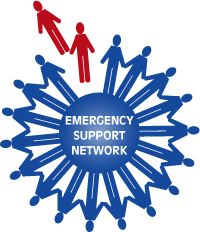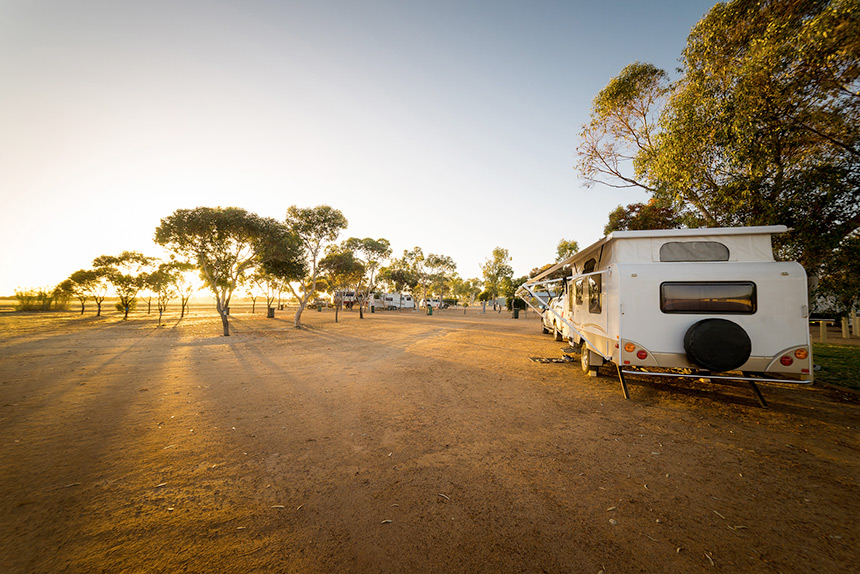Employees who work remotely and by themselves have less direct supervision and exposure to the climate of their organisations. Remote or isolated workers can include those that are not necessarily working in geographically remote areas. Examples may include people who work outside of typical office hours such as real estate agents, convenience store personnel, long distance truck / train drivers, pack rangers and agricultural workers.
Interestingly, research by the Liberty Mutual Research Institute for Safety found that despite the distance, remote workers ‘develop a sense of the true safety priorities of their companies.’ The study report goes on to say that according to the data, the perceptions of safety climate among lone workers align with the safety messages of upper management.
Of course this is not the case universally. Given that out-of-office workers are directly influenced by the company safety climate, it behooves employers to provide clear, consistent communications about safety practices and priorities.
Six ways to promote a safety climate among lone or mobile workers are:
- Use orientation to demonstrate safety attitudes and processes.
- Communicate safety expectations.
- Ensure frequent contact with supervisors.
- Provide appropriate tools for the tasks and ensure they are maintained and replaced as needed.
- Ensure that employees have access to appropriate facilities such as toilets, accommodation, first aid supplies, food, water, and communication devices.
- Follow up with employees when processes or equipment change.
References:
The Liberty Mutual report Safety Climate: New Promise for Injury Prevention, discussing the concept of safety climate and providing food for thought for employers interested in improving their safety performance.





